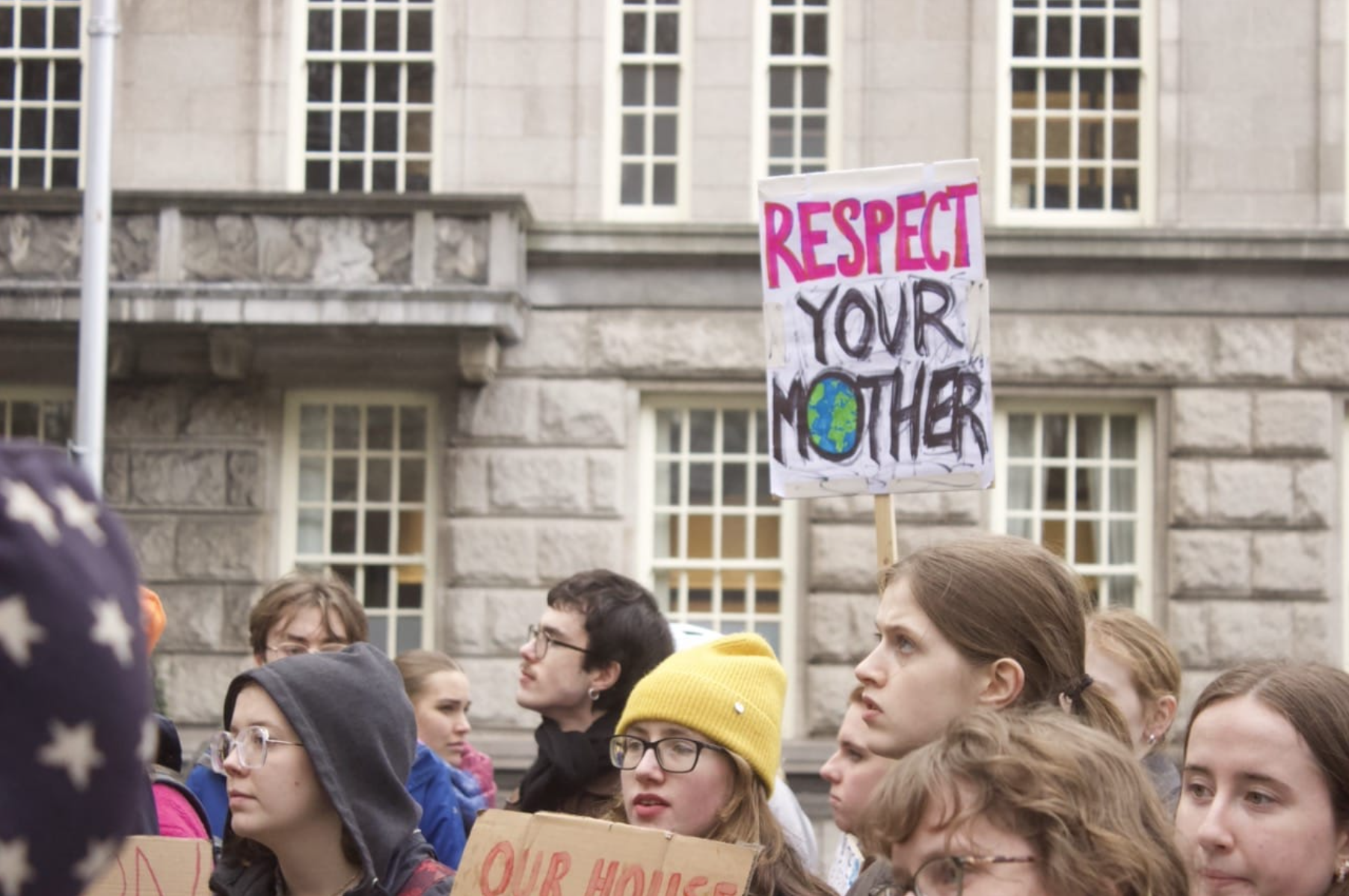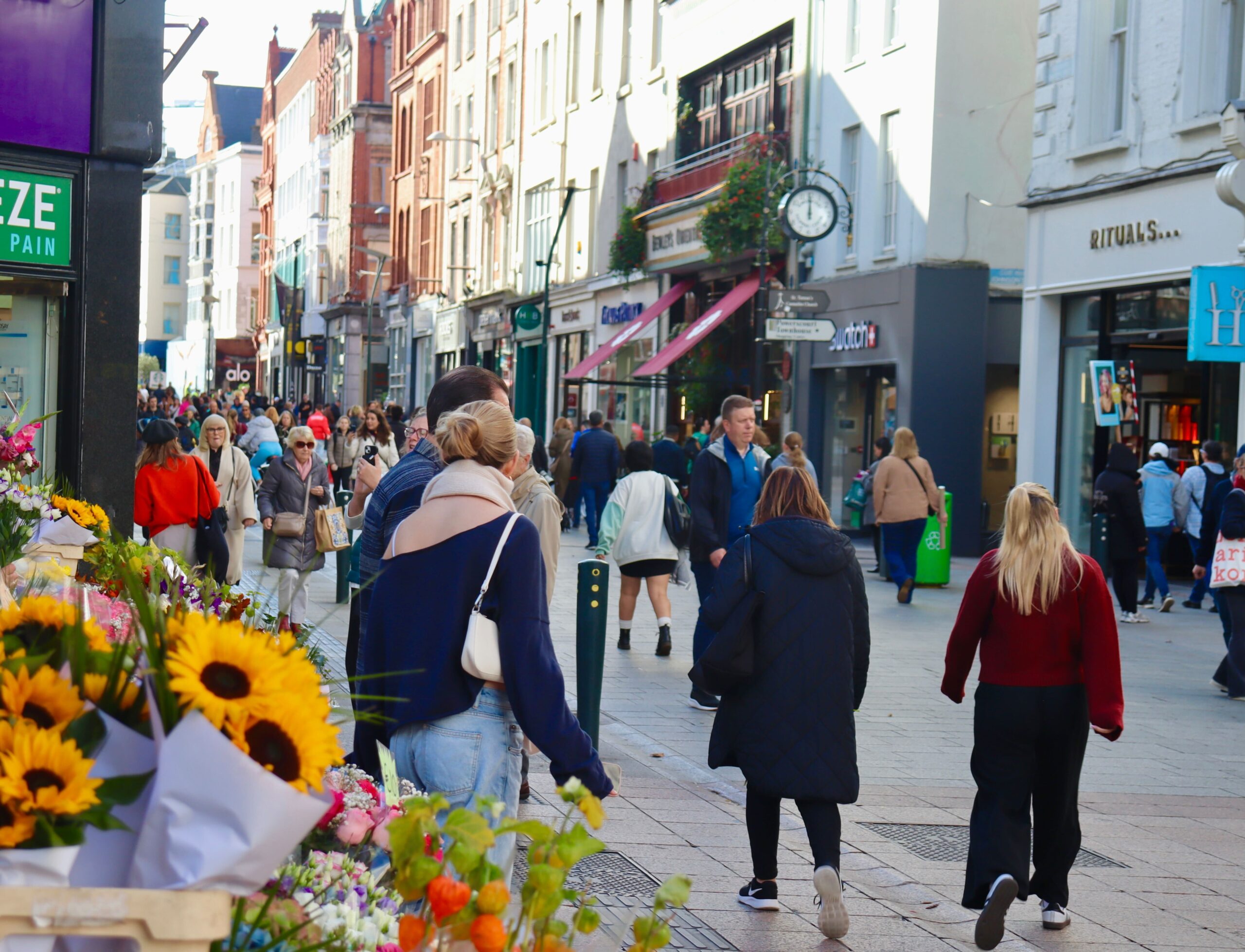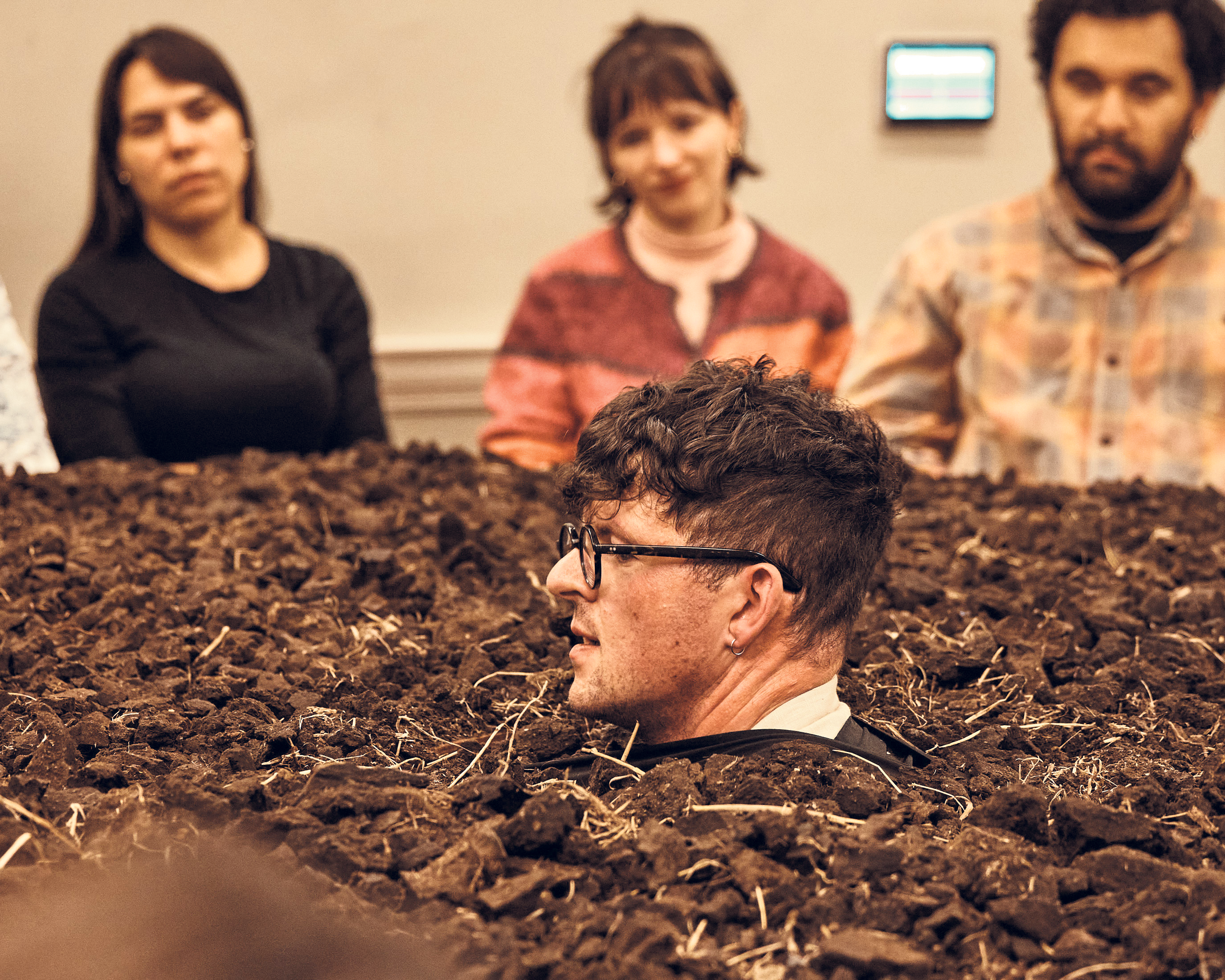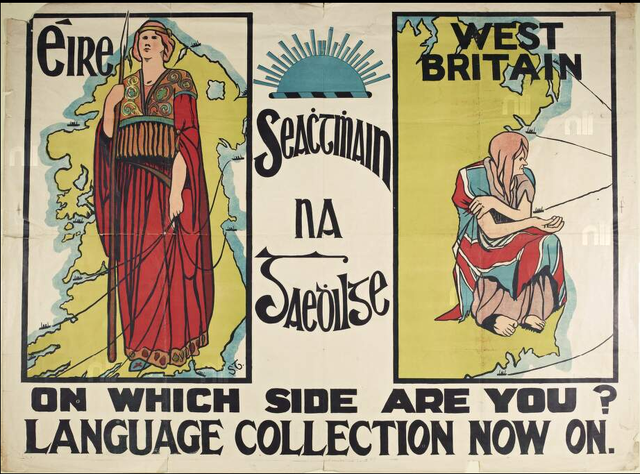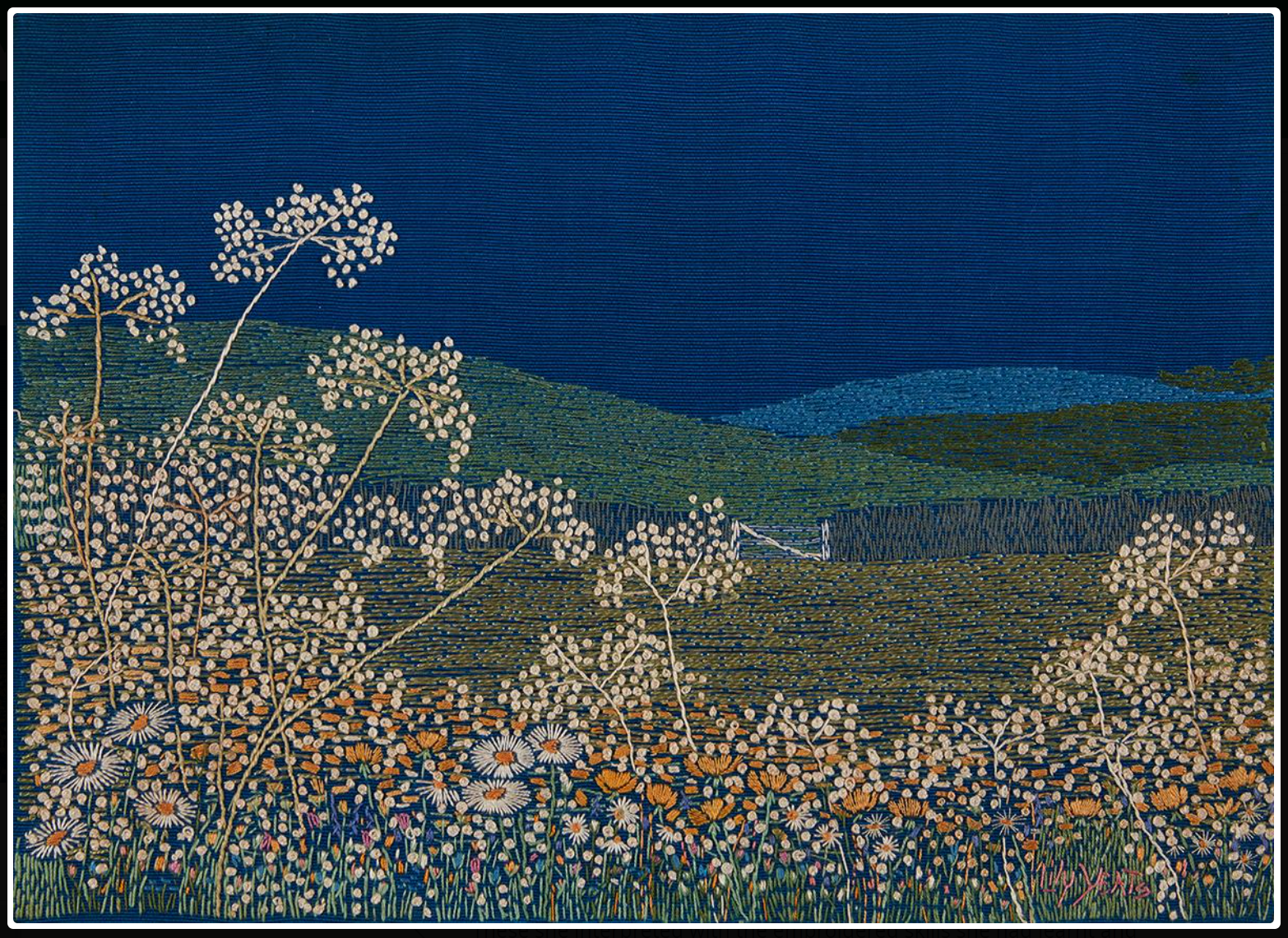
The legacy of Elizabeth and Lily Yeats can be summed up in one fleeting Ulysses reference. “The weird sisters”, Joyce’s mysterious comment, has defined the sisters for decades.
When they weren’t being damned to a legacy of weirdness the women were usually associated with their famous brothers, painter Jack and poet William Butler Yeats.
Yet, Elizabeth and Lily were talented artists who made a huge contribution to the Irish Arts and Crafts movement. One of their most fascinating achievements was the founding of Cuala Press, an artistic enterprise exclusively run by women.
Elizabeth and Lily grew up in a family of talented artists and writers. The sisters were enrolled in The Dublin Metropolitan School of Art (now the National College of Art and Design, or NCAD) and took classes at the RDS to train in painting.
After their father John Yeats abandoned his job as a lawyer to train as a painter, the family was left financially unstable.
While their brothers achieved their fame, Elizabeth and Lily were often depended upon for a steady income for the family. In an effort to earn money, Lily trained as an embroideress with Mai Morris, and Elizabeth published four popular painting manuals.
In 1902, the sisters founded Dún Emer press with Evelyn Gleeson, but the trio didn’t get along, and in 1908 they split from the company and founded Cuala Press. The press produced prints, embroidery, handcrafted books and postcards. Elizabeth directed the press while Lily worked as an embroideress.
Their brothers also contributed in the early years, with William working as an editor and Jack contributing illustrations. Elizabeth began to invite women artists to work on the press, including Dorothy Blackham, Beatrice Elvery and Eileen Peet.
Dr Angela Griffith and Dr Billy Shortall are working on preserving, archiving and digitising the Cuala Press collection.
Speaking with The University Times, Griffith highlights how the female artists at Cuala Press are overlooked in history, noting that “when people think of Cuala Press prints, very often they only think of Jack Yeats, that’s what they’re interested in”.
Jack Yeats “would make more money”, Shortall adds. While biographies tend to only record the male members of the press, at one point Cuala Press employed 40 artists, the majority of whom were women. Yet their names have almost disappeared from history. “We’re finding it very hard to find any information on them”, Griffith and Shortall added.
The misrepresentation of the Cuala Press comes down to the very names of the Yeats sisters, who are often referred to as “Lily and Lolly”. “Lolly” was Elizabeth’s pet name used at home.
By contrast, William is never referred to by his pet name “Willie”. Griffith argues how this diminishes Elizabeth’s reputation, adding that the woman “would have hated it”.
Not only was the press radical in its employment of women, but also the images it produced were unusual for the time. In the midst of the Irish Literary Revival, idealised images of a stable and industrious Ireland were a huge statement.
“They’re more than just a pretty image”, Shortall explains. “In some ways you can view them as political or ideological statements on women or on modernity”, she adds.
As Ireland was still under British rule, the country was eager to project itself as an independent and self-determined nation. Cuala Press contributed to this nationalist fervour by portraying images that verged on propaganda. Irish characters were handsome and dignified, signifying a pride in themselves and their nation.
The prints and illustrations achieved relative commercial success. Due to their affordable price they reached an international audience, creating markets in Britain, the US and New Zealand. This allowed the Cuala Press to spread a decolonised image of Ireland worldwide which contributed to Ireland’s international identity as an independent country.
The press still plays a huge role in Irish visual culture, forming much of the way we think of a traditional Ireland today. By digitising the Cuala Press, Griffith and Shortall aim to raise awareness of this important collection and change the legacy of the Yeats sisters for years to come.
As part of an ongoing research project, over 100 images of Cuala Press art prints will be available in the coming months to view online on Trinity’s Virtual Trinity Library platform.

